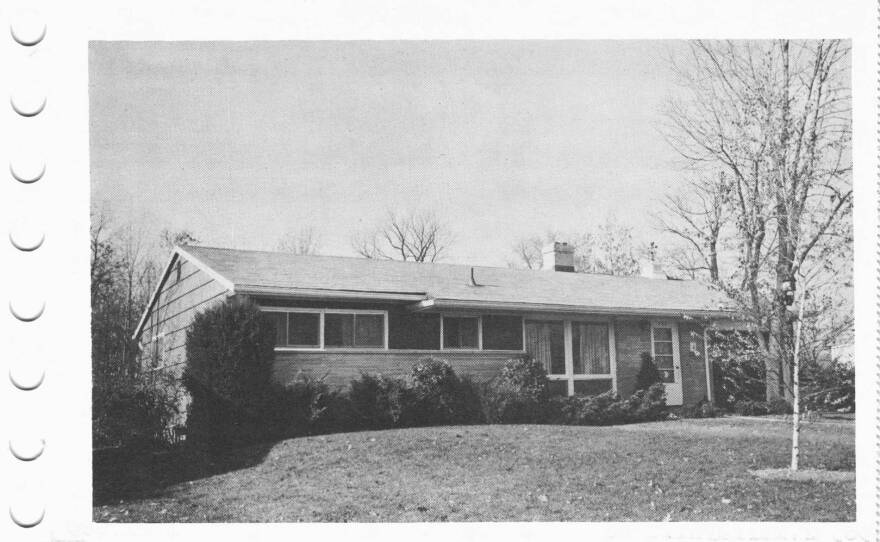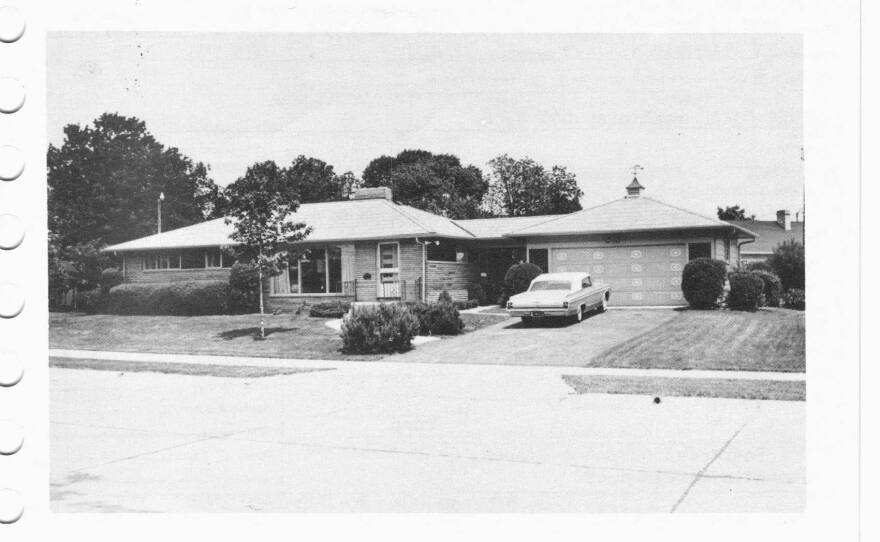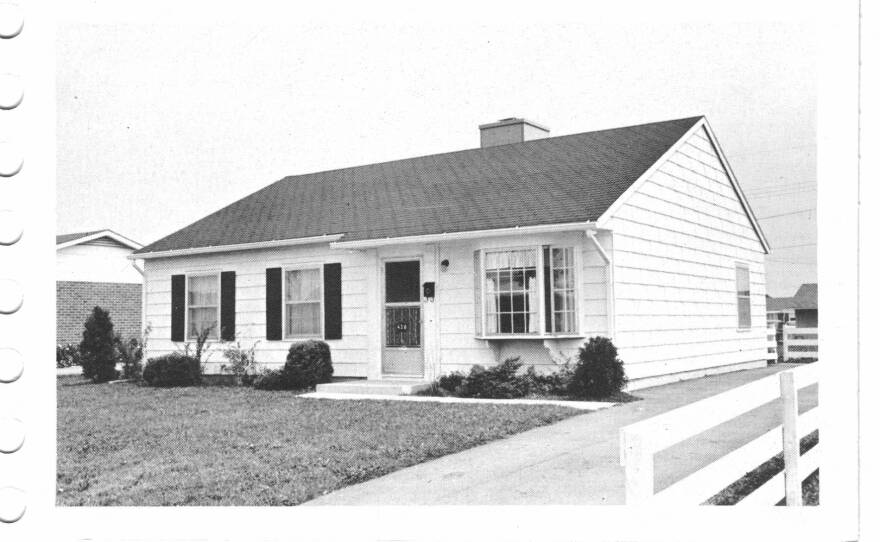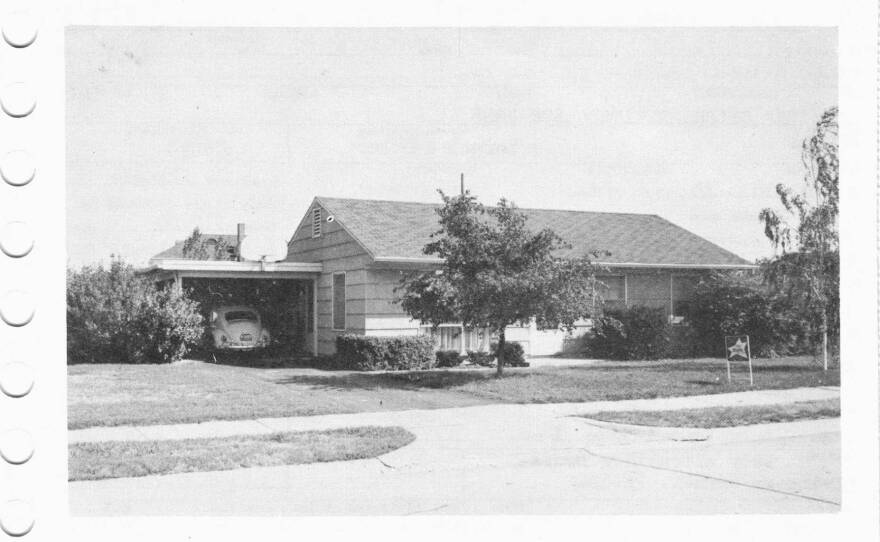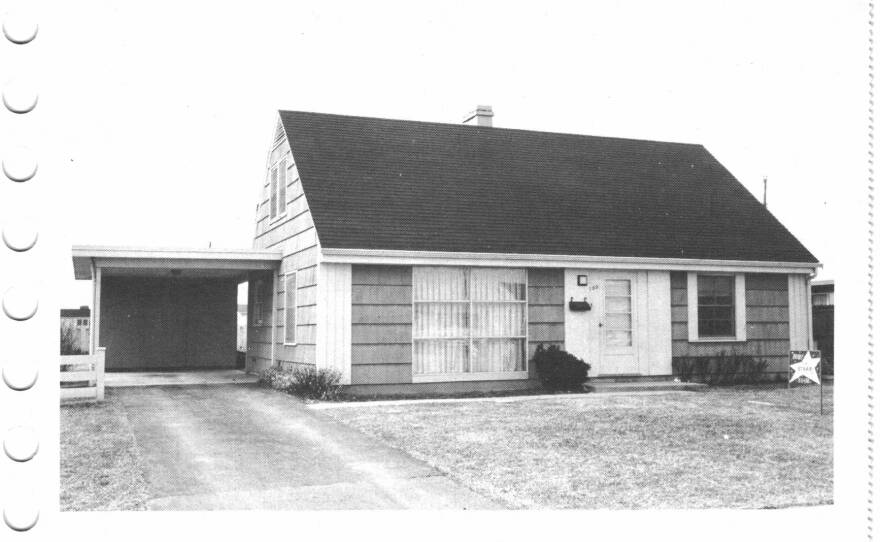Lincoln Village is a neighborhood of modest homes just west of Columbus. While its name might suggest a connection to the 16th president of the United States, that’s not the case.
The development started with one man's vision of a housing cooperative that would make home ownership more affordable while addressing the post-WWII housing shortage.
As part of WOSU’s Curious Cbus series, one listener asked, “Was Lincoln Village a model city?”
Surprisingly, understanding the origins of Lincoln Village requires a look into the history of Nationwide Insurance. The company’s origins start with the Ohio Farm Bureau Federation, a membership organization that advocates for the state’s farming community. Founded in 1919, the organization helped farmers get better prices on supplies and distribution by working cooperatively.
For example, in the 1930s, the Ohio Farm Bureau Federation established rural electric cooperatives to bring power to rural areas, overcoming resistance from private energy companies.
When its members had trouble getting fair prices on car insurance, the federation decided to get into the insurance business. That venture would eventually become the Farm Bureau Mutual Automobile, Fire, and Life Insurance companies.
Murray Lincoln, who led the Ohio Farm Bureau Federation from 1920 to 1948, oversaw these initiatives. He left the organization to run the insurance company when it was spun off as an independent entity. In 1955, Farm Bureau Mutual changed its name to Nationwide Insurance.

In many ways, Lincoln was a visionary leader for the organization as well as being a champion for the cooperative movement, supporting ventures that are jointly owned and democratically controlled by their members.
Following the end of World War II, the United States faced a severe housing shortage. In response, the insurance company decided to explore housing development.
In his autobiography, Vice President in Charge of Revolution, Lincoln explained, “Housing, because of its shortage in the post-war period, seemed to us a human need that ought be filled, and we did what we could about it.”
In 1948, Lincoln and Farm Bureau Mutual established a real estate development subsidiary called Peoples Development Company with the goal of demonstrating how a cooperative model could be successfully applied in the housing market.
“Our purpose was to find out, experimentally, how much house we could give for a dollar, not how many dollars we could make out of a house,” Lincoln wrote.
Construction of the “model city” Lincoln Village began in 1953.
The location was strategically chosen to be close to the General Motors plant and a Westinghouse facility under construction. Additional acreage was also set aside for industrial development, designed to be close yet not an eyesore.
A representative of the People’s Development Company was quoted in the Columbus Dispatch, saying that the proximity of the factories to these homes will “allow workers to accumulate a half hour to an hour a day travel time and use it for rest in the morning and recreation in the afternoon.”
The development featured not only housing but also a comprehensive plan for community amenities.
Over 100 acres of land were allocated to build a shopping center, commercial buildings, a school, churches, a library and a fire station.

Planners paid special attention to the roads, which were designed to slow traffic and create fewer intersections. In 1955, the Columbus Dispatch reported that the “ingenious system of curved streets” contributed to a full year with zero traffic accidents.
The homes were designed to be modern and affordable, selling for between $12,500 and $30,000. News coverage from the time boasted about many of the latest conveniences, such as an “all-electric, fully automatic” Westinghouse heat pump and “revolutionary” new electric thermostats from Honeywell. All of the homes also came standard with garbage disposals and automatic washers and dryers.

The area was also home to the Lincoln Lodge, a hotel that became a popular dining destination and included an outdoor pool and a nine-hole golf course that was available to local residents.
Lincoln Village thrived for many years as a home for working-class families, but the area was not immune to the economic factors that affected similar communities across the country.
The Westinghouse plant shut down in 1988. The Delphi automotive parts factory, formerly operated by General Motors, closed in 2007. The loss of these manufacturing jobs contributed to a decline in the local economy.
Additionally, freeway construction changed travel patterns away from U.S. 40. The Lincoln Lodge subsequently fell on hard times, and the hotel permanently closed in 1990. It was later redeveloped as a senior living community.
While the community’s homes retain much of their 1950s charm, some of the apartment complexes, such as the Galloway Village, are vacant and boarded up.
Although Lincoln Village did not fully realize Murray Lincoln’s vision for cooperative housing, it provided a vibrant neighborhood with essential housing stock and stood as a forward-thinking example of suburban development.




